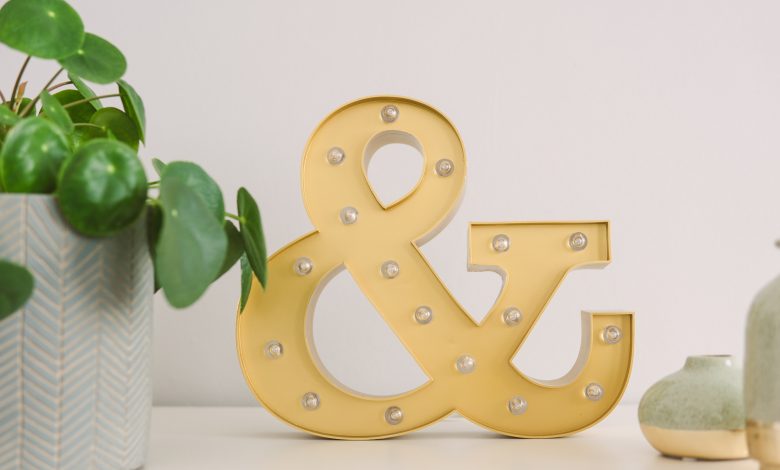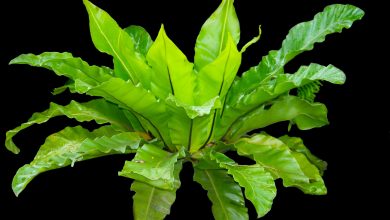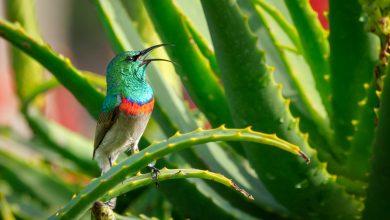Chinese Money Plant Care: Growing Pilea Peperomioides Is Easy

Also known as Pilea peperomioides, the Chinese money plant is the perfect houseplant for almost any landscape. The plant amazes with its pancake-shaped leaves, vibrant green color, and its adorable, simple nature. Pilea peperomioides are reserved, robust (they used to grow on rocks), easy to care for, and are perfectly suitable for both newbies and seasoned gardening experts.
The Chinese money plant is so easy to care for that the biggest challenge usually associated with it is its rarity and difficulty to find on the market for gardeners who live outside the Scandinavian subregion. The pilea is famous in the subregion, thanks to the Norwegian missionary, Agnar Espergren, who brought the plant back home from its native Yunnan Province in China.
Chinese money plants are rare in most parts of the world, as commercial growers do not cultivate them. Hence, those looking to get their hands on the trendy plant have to acquire it either from someone willing to share their cuttings or by ordering cuttings directly from sellers online.
The non-toxic pilea is an indoor plant that grows between eight to twelve inches tall and assumes fanciful shapes of brightly blooming round leaves that will add a touch of contemporary greenery to any space. Its distinctive appearance, upright stem, and vibrant color make this plant perfect for decorating rooms and entryways painted in white.
Its low maintenance and hardy nature make the Chinese money plant capable of surviving almost anything, which means you can grow it in pots indoors.
Popular Pilea Species
A part of the Urticaceae family, there are more than 200 cultivars of the genus Pilea. The plant is characterized by lone, opposite-facing leaves, having three primary nerves (veins), although some pilea species lack such. Only a few pilea cultivars are regarded as decorative plants due to their growth pattern and foliage. Some of the popular species include:
- Aluminum plant (Pilea cadierei)
- Pilea depressa
- Artillery plant (Pilea microphylla)
- Friendship plant/Panamiga (Pilea involucrata)
- Dwarf aluminum plant/Minima (Pilea cadierei)
- Creeping Charlie (Pilea nummulariifolia)
- Black-leaf panamiga (Pilea repens)
- Stoplight
- Silver tree
- Chinese money plant (Pilea peperomioides)
Where to Buy Pilea Peperomioides Online
The Chinese money plant is not the easiest to find, as its slow-growing nature gives nurseries little inducement to carry the plant. However, the pilea is fast becoming more attractive for big-box retailers like Amazon, Home Depot, and Walmart due to continued awareness and growing popularity. If you’re interested in getting one, you can also find the plant on Sill, Etsy, eBay, or Craigslist. Another option is to get the young plant from a friend or acquaintance willing to share their cuttings, as mentioned earlier.
Where to Grow Pilea Peperomioides
Although the Chinese money plant prefers bright light, too much direct sunlight can burn its leaves. So it’s important to avoid bringing the plant under direct sunlight or sun-drenched spots in the home to prevent irreparable damage.
Pileas may not be your typical shade-loving houseplants, but they can tolerate some lower light conditions. To ensure maximum exposure to light for photosynthesis, place the Chinese money plant at a bright location near a window.

How to Care for the Chinese Money Plant
Pileas love well-drained, moist soil that doesn’t drain too quickly or too slowly. For optimal growth, it’s advisable to buy a potting mix, as it is more effective and efficient than mixing your own.
It’s best to get a container with enough drainage holes for your plant size so that the water in the soil can drain freely. Such a practice will also allow enough air to get to the plant roots. It’s an unwholesome gardening practice to place a layer of gravel, stones, pebbles, or similar material at the bottom of your planting container, as this makes it harder for water to drain from the soil.
It’s a myth that adding chunky materials, like pebbles or charcoal, helps with container drainage. Rather than prevent root rot as purported, a layer of gravel at the pot’s base can cause more harm. This is because, instead of improving drainage as intended, gravel moves the pool of water higher up the container, which may result in a waterlogged situation that causes harm to plants instead of helping them.
The best way to ensure adequate drainage for proper pilea growth is to use a potting soil made with coarse materials like pine bark. Also, adding a naturally occurring mineral like perlite can help increase the overall drainage ability of the potting mix.
As a natural occurrence, water evaporates faster when the weather is hot and dry, and this will leave the Chinese money plant thirstier. So it’s essential to ensure there is enough water in the soil to keep it evenly moist; otherwise, the leaves may start drooping.
It’s a good idea to rotate the soil pot regularly to check lopsidedness, as pileas grow towards the light. If you leave the plant in the same position for too long, it’ll most likely result in a one-sided growth. Rotating the pot once a week will help encourage even growth.
Like any plant, pileas can get dusty too, as specks of dust accumulate on the leaves over time, and this can reduce its ability to photosynthesize. Therefore, it’s best to periodically clean the leaves, either by wiping them down or hosing them off in the kitchen sink with lukewarm water.

Light Requirements
The Chinese money plant needs as much light as possible. Insufficient light may cause it to develop domed or curved leaves. So it’s best to keep the plant in a bright spot near a window where it shines brightest. However, it’s also essential to avoid leaving it under direct sunlight for more than three to four hours.
Watering
The pilea is a drought-tolerant plant that can put up with minimal tending; hence, watering it weekly is usually sufficient. Be sure to check that its soil is dry before watering again, as overwatering can cause the leaves to turn yellow and fall off.
Temperature and Humidity
The Chinese money plant thrives very well in dry climates and doesn’t require any extra humidity. Also, you’ll find that pileas grow at their best between temperatures of 65 to 75 degrees Fahrenheit.
Fertilizing
As far as the Chinese money plants are concerned, fertilizers create the basis for growth and life. So they must be fed balanced fertilizers at least once a month for optimal growth. If your plant is severely distressed from nutrient deficiencies, such as rapid leaf drop, which in turn, causes it to use up lots of nutrients for pups, you may consider using synthetics, as they’re faster-acting. That way, your plant gets replenished quickly.
Organic fertilizers are a good idea if you experience steady pilea growth. Slow-release fertilizers, which deliver the nutrients gradually over a long period, are a good option if you’re going organic.

Propagation
You can propagate your pilea in two ways, in water or soil. Pilea pups usually grow directly on the main trunk under the soil. The most common method of propagation is to cut the offshoot once the pup is at least two to three inches tall, leaving at least an additional one inch of the stem.
Place the cut pup in a small two-inch pot and care for it until its roots have established. If you prefer to root in water, place the cut pup in water and allow it to sit until its roots grow. Transfer the now grown pup to a small pot and care for it as usual.
Repotting
Repotting is another crucial step you can take in building the nutrition, health, and wellness of your pilea. This practice creates more room for the plant to grow, provides nutrient-rich soil, helps with disease prevention, and allows more air to get to the root system.
That said, you do not need to repot your pilea immediately and not too often, as the plant can stay for up to two years in its original nursery pot. If you’re repotting your pilea to a larger container, you can do this without needing to discard the old soil. However, you’ll need to ensure there’s enough room for new sod.
If you prefer to use a same-size container, then you’ll have to do away with as much of the old soil as possible to make room for a new one. You’ve got to be careful so you don’t harm the root structure of the plant. Once you’ve done the transfer, fill up the new pot with a well-draining soil (preferably an all-purpose or tropical soil mixture) and water lightly.
As a recap, here are the essential tips for nurturing your Chinese money plant:
- Don’t place it under direct sunlight; an adequately lighted spot like your bathroom window should do.
- Water it once a week; don’t allow your soil to get parched or waterlogged.
- If you can afford it, feed your Chinese money plant with liquid plant food monthly; consider it a treat.



